Trip to the petroglyphs and waterfalls of the "Black Rock" - Karakiyasay, Uzbekistan
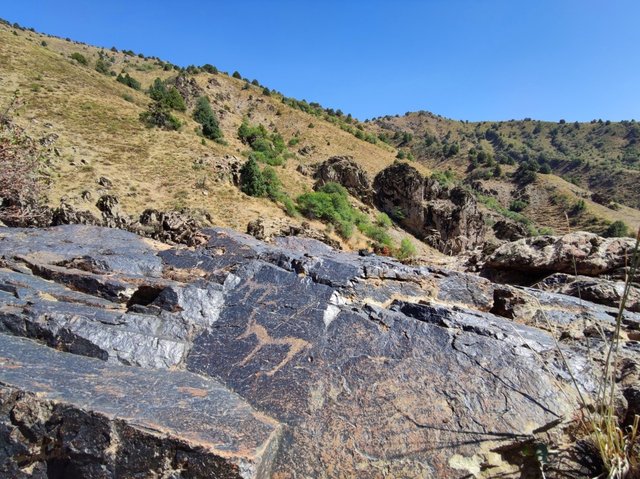
Hello! Today I would like to tell you about another spontaneous trip - this time I went to the petroglyphs of Karakiyasay. If you remember, at the beginning of summer, in the midst of quarantine, I, languishing with longing, got carried away with the history of the life of primitive people in Uzbekistan and went to the Beldersay petroglyphs. In the process of preparing that photo-report, I read about the petroglyphs of Karakiyasay and made a note to myself to visit this location too. But then the quarantine was tightened and the trip was postponed, and frankly forgotten. But now, in the Telegram channel of one of the groups organizing trips to the mountains, an announcement flashed about visiting the Karakiyasay petroglyphs. Frankly speaking, I did not plan to go anywhere during this period and wanted to spend at least one weekend at home, but I couldn’t :). I immediately signed up for the group and early Sunday morning we left for the city of Gazalkent, located about 70 km from Tashkent.
The petroglyphs of Karakiyasay were interesting to me because, judging by the information on the Internet, there are many of them - more than 1000 pieces, scattered along the slopes of the mountains. And judging by the stories and posts on the forums, these petroglyphs are very diverse. It depicts many iconic scenes, more species of animals and they were applied over a rather long period. Moreover, I even saw a photograph of a stone with a carved Arabic script. Those, it is about 700-800 years old. Actually, we did not find the stone itself, guide said that it was dragged to Tashkent to the museum. In general, the age of the petroglyphs varies between the 2nd and 1st millennia BC.
According to the guide, many of the stones with petroglyphs were taken to museums. I understand the logic of the Ministry of Culture, but I think that it would be better if the petroglyphs remained in place and were exhibits of an "open-air museum". Only proper protection from vandals must be organized.
Again, judging by the descriptions on the Internet, there are even images of the chariot. Unfortunately, we did not find much of what I saw on the Internet. Apparently, there was too much scatter of stones, plus some of the petroglyphs were erased under the influence of time, plus the trip was more focused on visiting waterfalls and outdoor recreation, and the petroglyphs were already the most restless as a bonus. When signing up for a group, I emphasized several times that I am going for the sake of petroglyphs and swimming in waterfalls interests me a little :)
But even that small part of the petroglyphs that I saw impressed and delighted me. And I have done this path not in vain.
So, the petroglyphs are located at the top of the canyon, which was cut by Karakiyasay. Karakiyasay is a mountain river that originates on the Karzhantau ridge and flows into the Chirchik River, the main waterway of Tashkent. The name "Karakiya" is translated into English as "black rock" because of the black moss growing on the stones.
But to get to the petroglyphs, we should to go through three waterfalls. This place is very popular with tourists and in some places we literally sat on each other's heads. The tour was supposed to be walking, with a leisurely pace, many stops and swimming in waterfalls. It made me a little nervous - after all, my goal was petroglyphs.
But I had to stick to the group's pace. We arrived at about 9 o'clock in the morning, disembarked and went up along the Karakiyasay channel. This is a territory bordering with Kazakhstan, as indicated by a sign at the entrance to the gorge. But the border guards sit higher in the mountains and only occasionally examine these territories by helicopters.
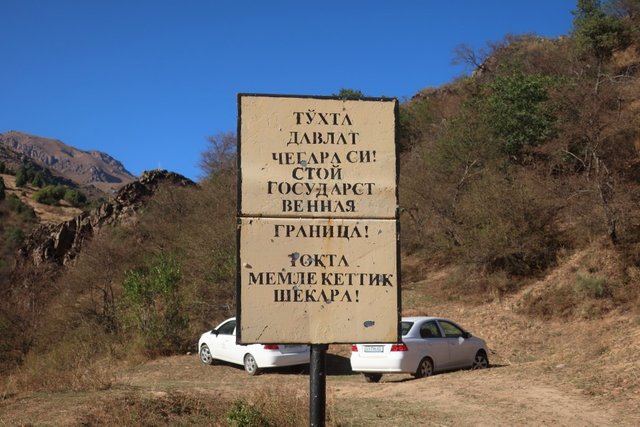
We went deep into the gorge, walked a little and stopped in a small clearing. Our group consisted of one family - parents, three children of 8-12 years old and their 70-year-old grandfather, as well as three single tourists like me. Therefore, the complexity of the route was adjusted, first of all, to this family.

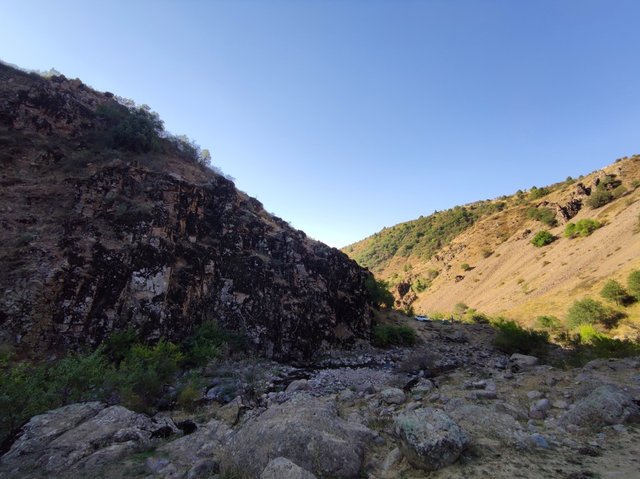
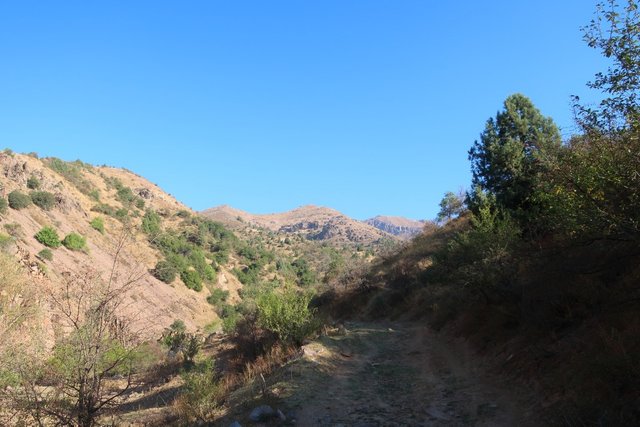
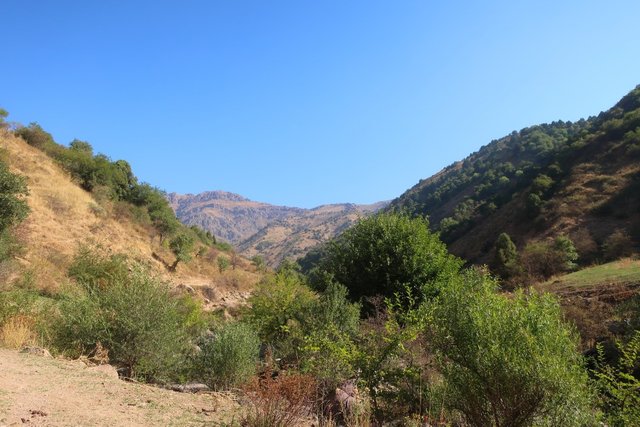
Since the level of physical fitness was very different, the guide decided to split the group into two parts - first she took the family to the first waterfall, then returned back to the clearing, left them to rest, took the solo participants and again led them to the waterfall.
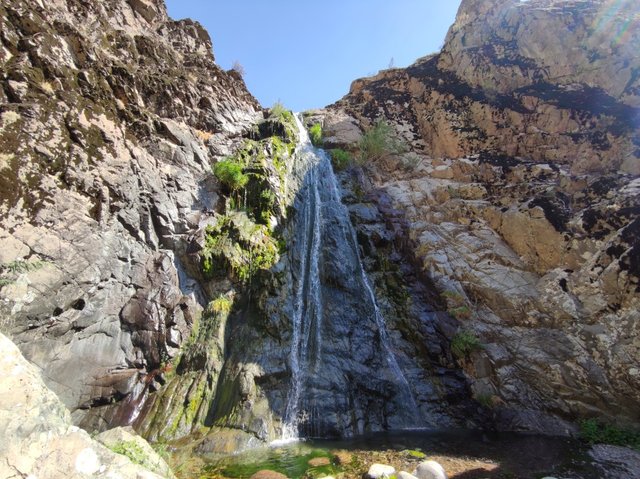

Having reached the waterfall, the guide suggested going upstairs and seeing the first petroglyphs. Of course we agreed!
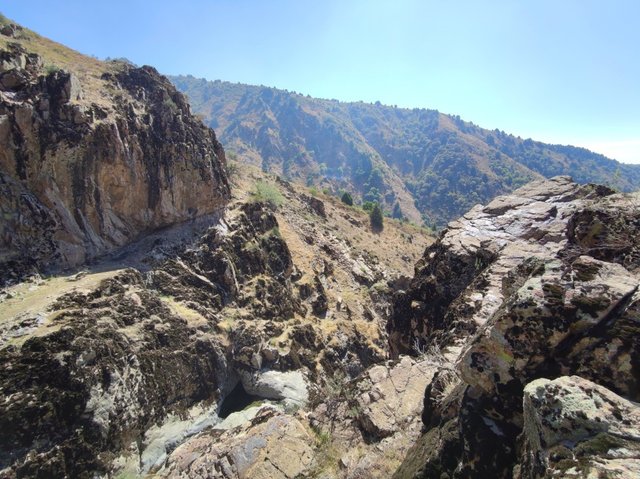
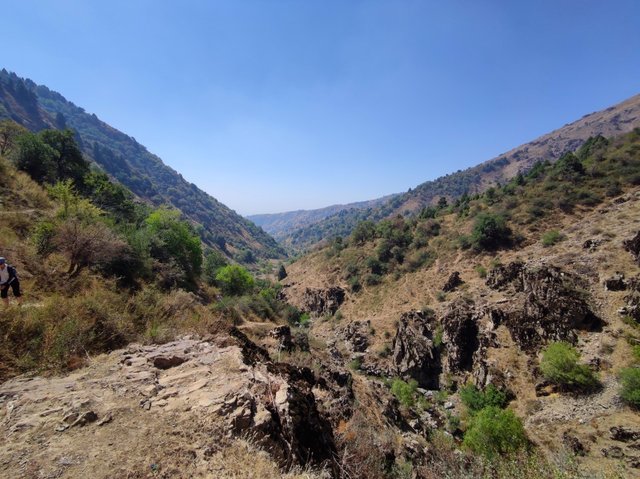
There were a couple of petroglyphs, but one was very badly worn, but the second was in pretty good condition. By the way, he reminded me of an elk or a deer with branchy antlers.
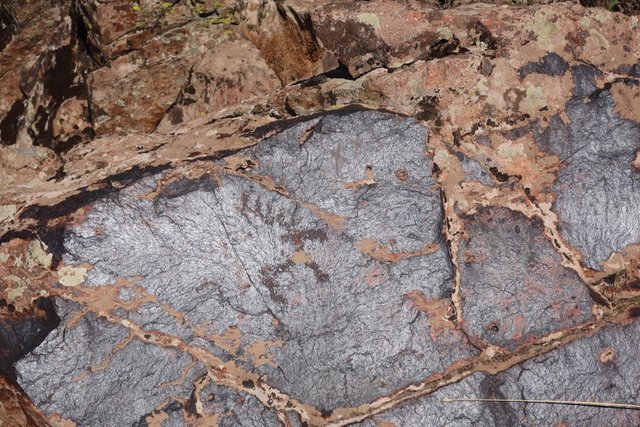
While we were walking, the family had time to rest and when we returned, we immediately moved to the second waterfall. For adults, the ascent to the second waterfall was not difficult, but the children and the pensioner needed a little rest.
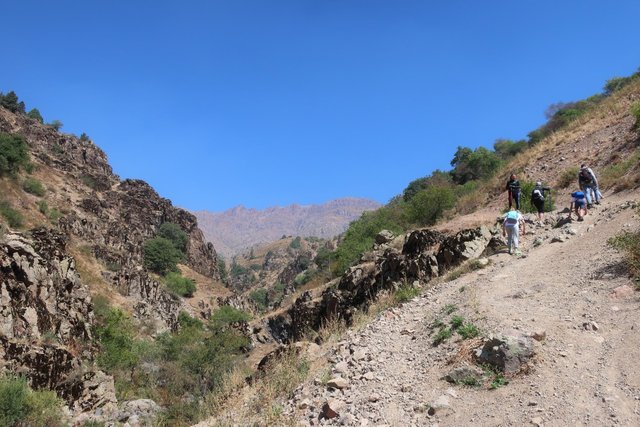
We went upstairs, pushed our way through the thickets and came out to the second waterfall.

Here we abandoned women, old people and children, and moved on at a faster pace :).
Our way lay to the third waterfall under the funny name "Manneken Pis". I looked closely at it for a long time, but I could not find any similarities with the Brussels landmark.
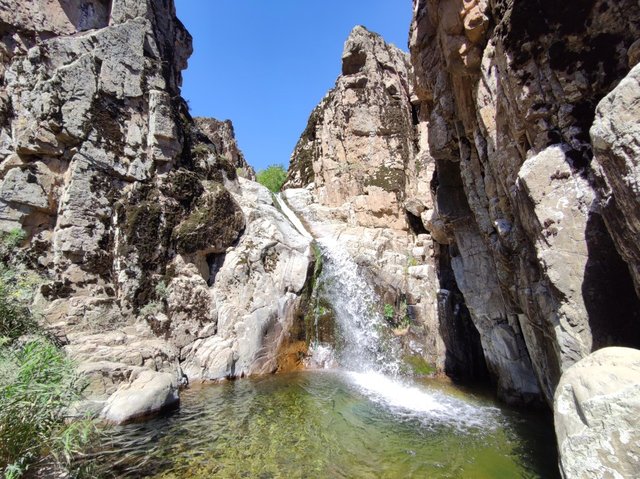
After looking at the waterfall, we climbed up to the petroglyphs. They are located here not as crowded as the Beldersay petroglyphs and not as distinct. Then the guide explained to us that the Beldersay petroglyphs are so clear that they were additionally drawn relatively recently - twenty or thirty years ago. And if they did not touch, then they were the same as these.

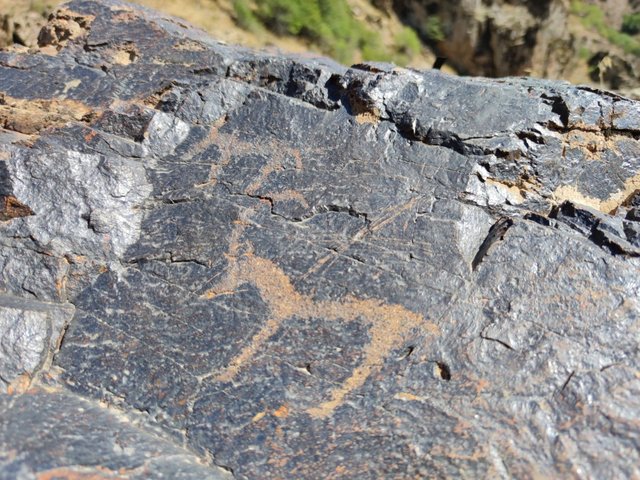
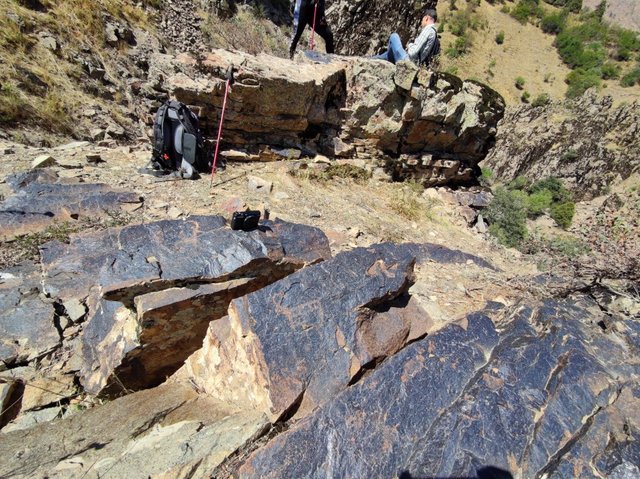
Moreover, among the petroglyphs there are also "fakes". For example, according to the guide, the petroglyph located in the photo below is a remake - it was drawn out of mischief by some of the scientists in the 70s of the last century. So, formally it is, of course, a petroglyph, but not prehistoric.
By the way, what is curious - the older petroglyphs are drawn more skillfully. The younger they are, the more schematic the image.
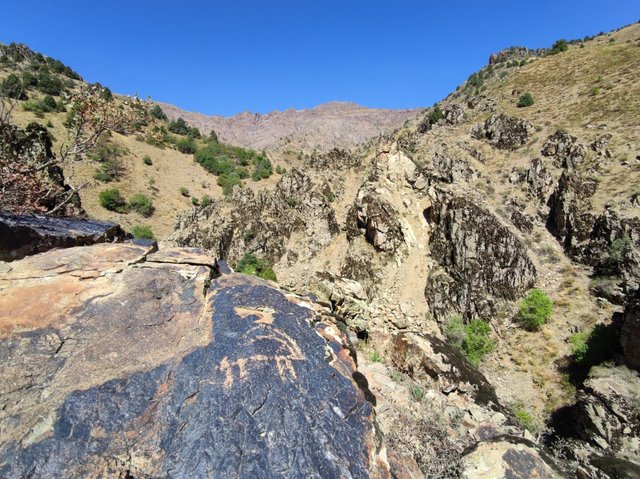
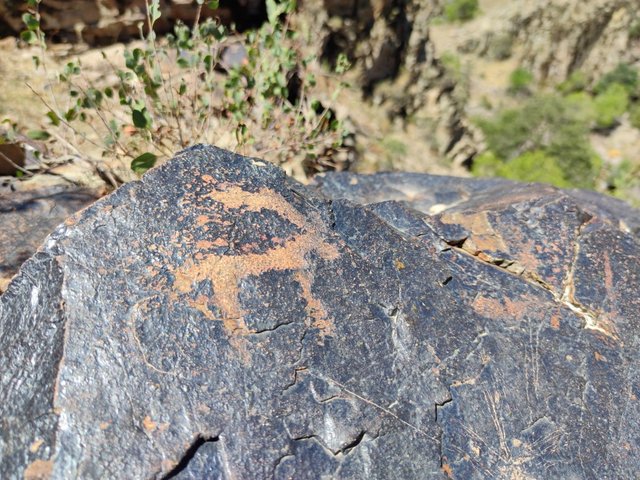
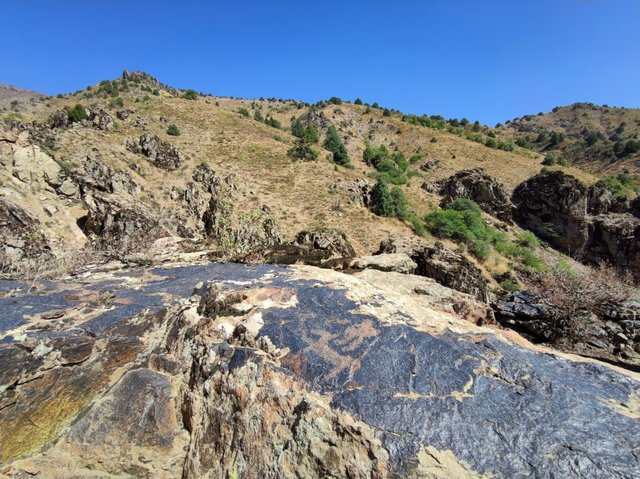
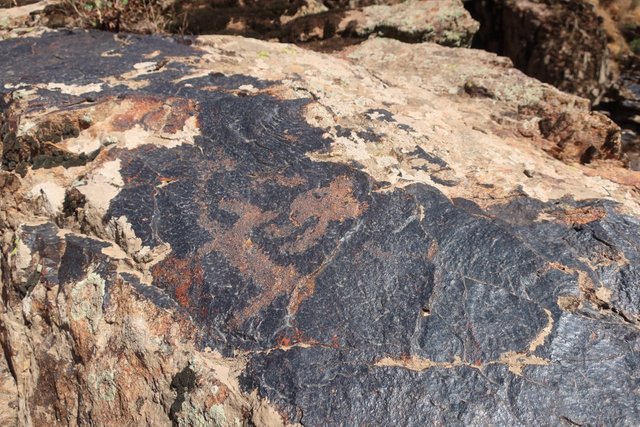
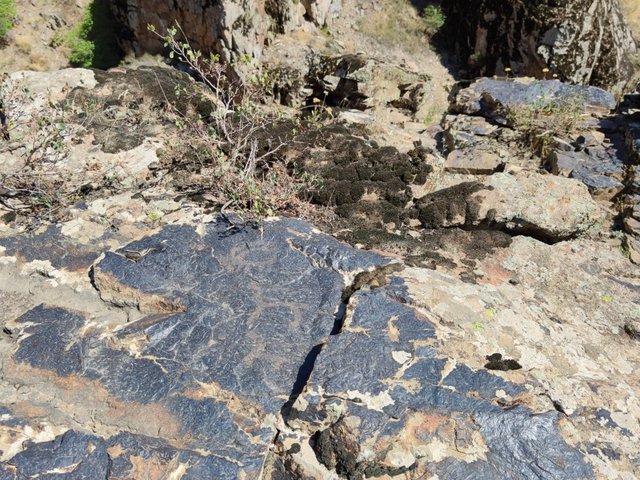
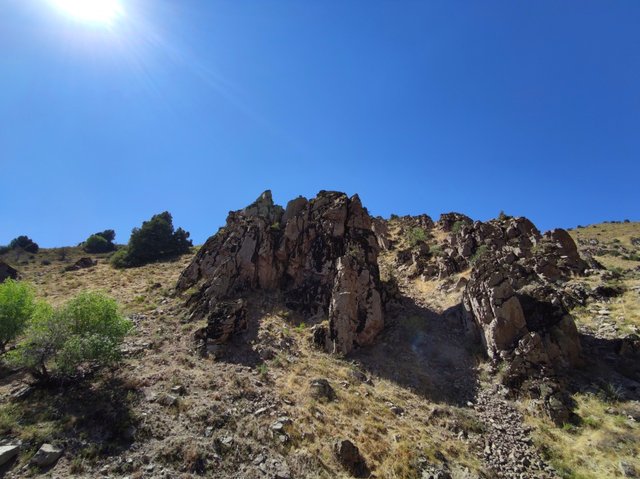
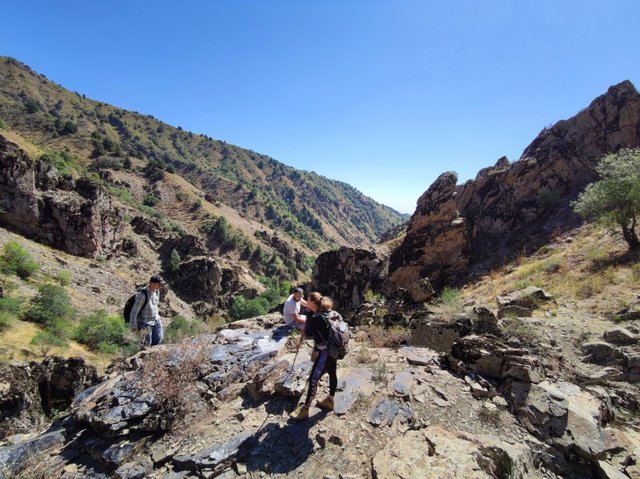
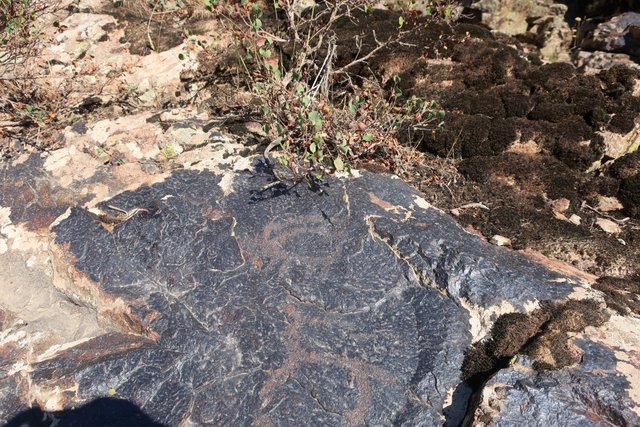
After taking a look at the surroundings and taking pictures of the petroglyphs, we set off on the way back.
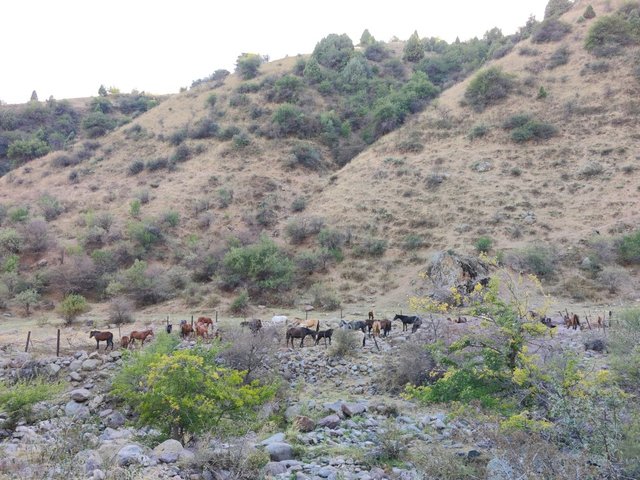
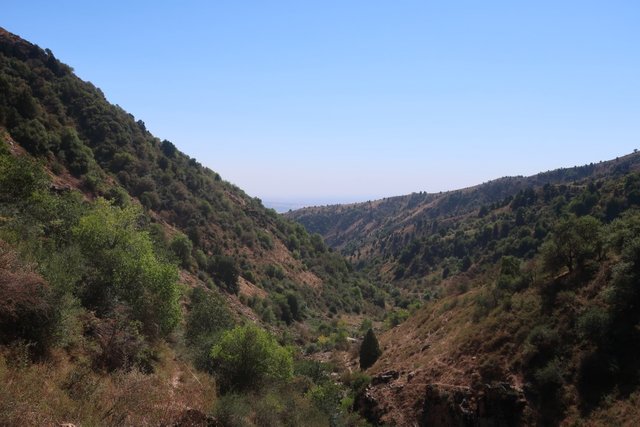
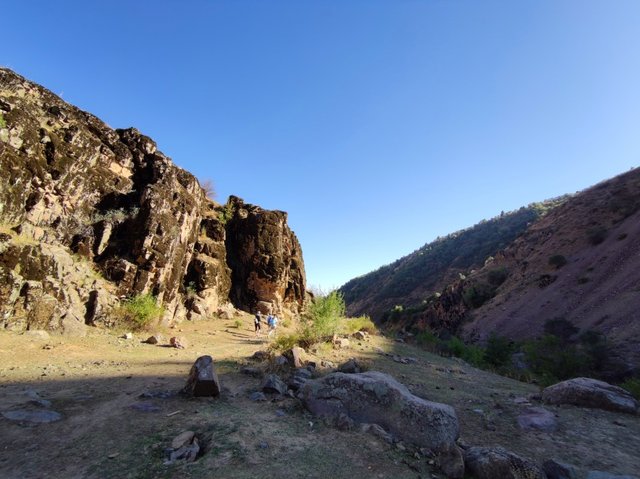
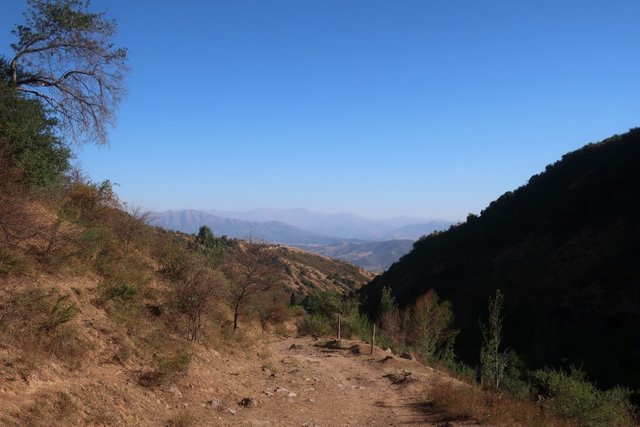
It was a very simple and uncomplicated hike. It is a pity that I managed to photograph so few petroglyphs, but this means that I have a reason to return to the Karakiyasaya gorge again.
For September I have planned several trips to the most interesting locations. Including a visit to my beloved Baysun. The first of the trips to Baysun will begin tomorrow and promises to be very unusual and interesting.